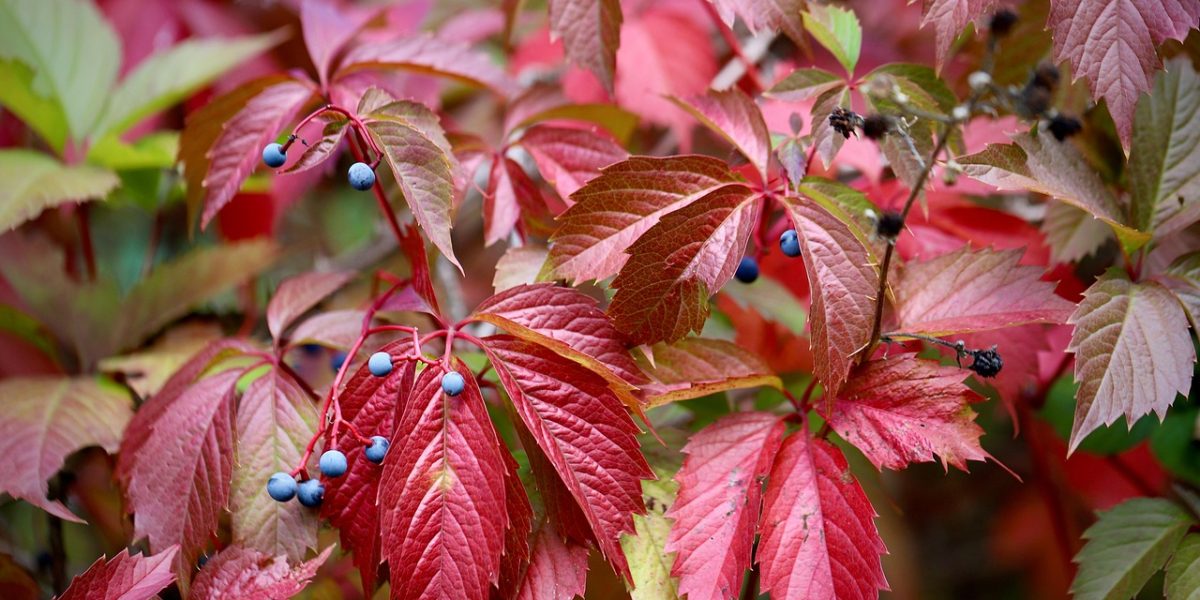Wild Foraging 101: How to Identify and Harvest Frostberries Safely
Foraging is an ancient practice that connects people with nature. Frostberry is one of the hidden gems in wild foraging. With its nutritional benefits and unique taste, it has gained popularity among foragers. However, proper identification and harvesting techniques are essential to ensure safety and sustainability.
Understanding Frostberry: Identification and Characteristics
Frostberry is a small, vibrant-colored berry found in cool climates. It thrives in forests, meadows, and mountainous regions. Before foraging, it is important to distinguish it from toxic berries that resemble it.
| Characteristic | Description |
| Color | Deep purple or blue hue |
| Size | Small, about 1 cm in diameter |
| Leaves | Oval-shaped with serrated edges |
| Taste | Tart with a hint of sweetness |
| Growing Season | Late summer to early winter |
Reference: Jordan Writes – Frostberry Fusion
Where to Find Frostberries
- Forests: Grows in dense, shaded areas with rich soil.
- Mountains: Often found at higher elevations in cooler climates.
- Meadows: Flourishes in open fields with moist soil conditions.
- Near Water Sources: Common near lakes and rivers where humidity levels are higher.
How to Harvest Frostberries Safely
- Wear Protective Gloves: Some wild plants cause skin irritation.
- Use Scissors or Clippers: Avoid damaging the plant while picking.
- Harvest Ripe Berries Only: Unripe frostberries can be bitter.
- Leave Some for Wildlife: Sustainable foraging helps maintain ecosystems.
- Wash Thoroughly Before Consumption: Removes dirt and potential contaminants.
Identifying Toxic Lookalikes
Some berries resemble frostberry but are unsafe to eat. Avoid poisonous species by looking for these warning signs:
- Milky Sap: If crushed, toxic berries may release white sap.
- Overly Glossy Skin: Many harmful berries have an unnatural shine.
- Strong Bitter Smell: Unpleasant odor often indicates toxicity.
- Cluster Formation: Some toxic species grow in tight bunches, unlike frostberry.
Preserving and Storing Frostberries
After harvesting, proper storage preserves freshness:
- Refrigeration: Store in an airtight container for up to two weeks.
- Freezing: Freeze on a tray before transferring to a sealed bag.
- Drying: Dehydrate at low temperatures for long-term storage.
- Making Preserves: Create jams, syrups, or herbal infusions.
Conclusion
Frostberry foraging is rewarding when done responsibly. Proper identification prevents accidental ingestion of toxic berries. Sustainable harvesting ensures that frostberries remain available for future generations. With the right knowledge and precautions, foraging can be a safe and enjoyable experience.












